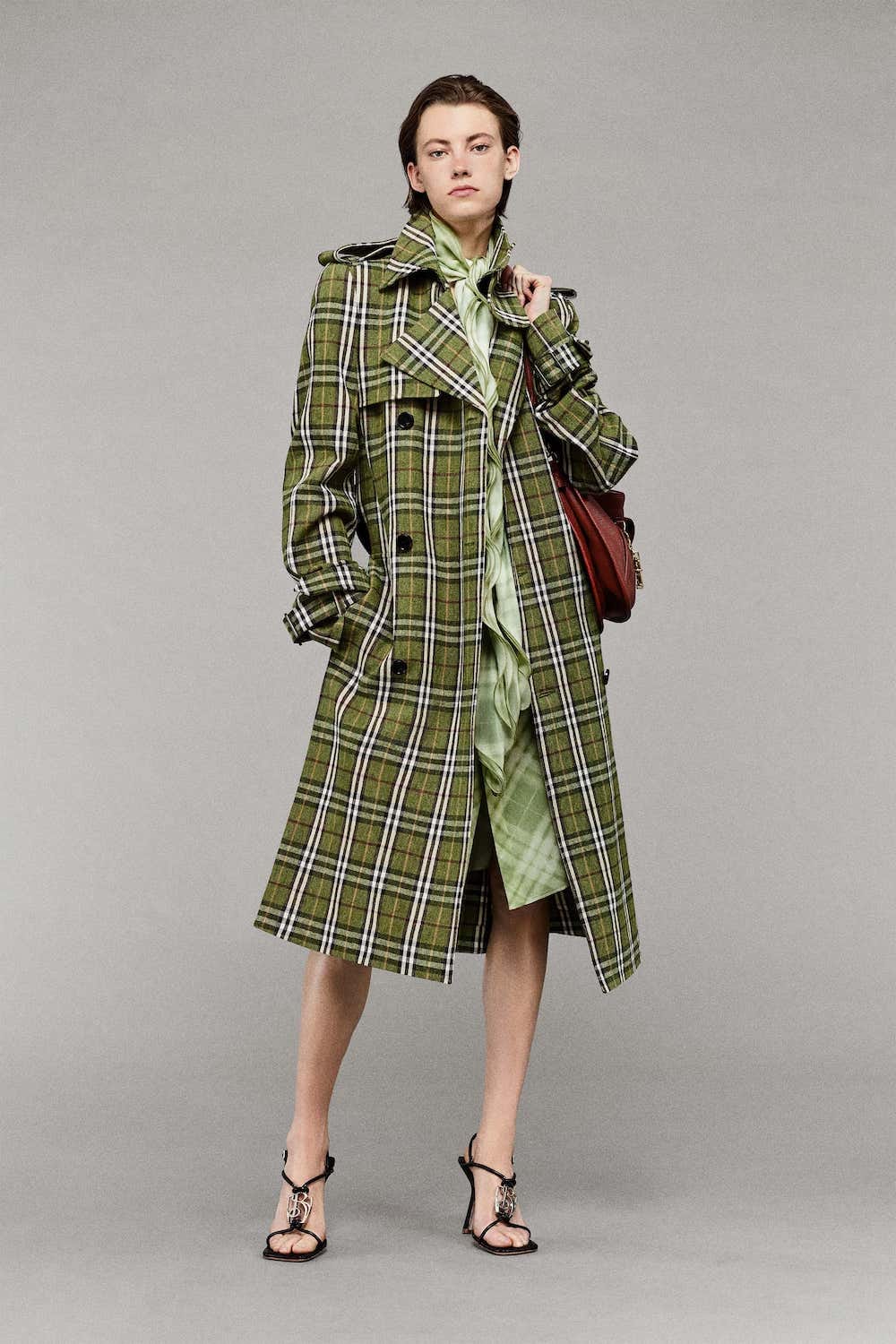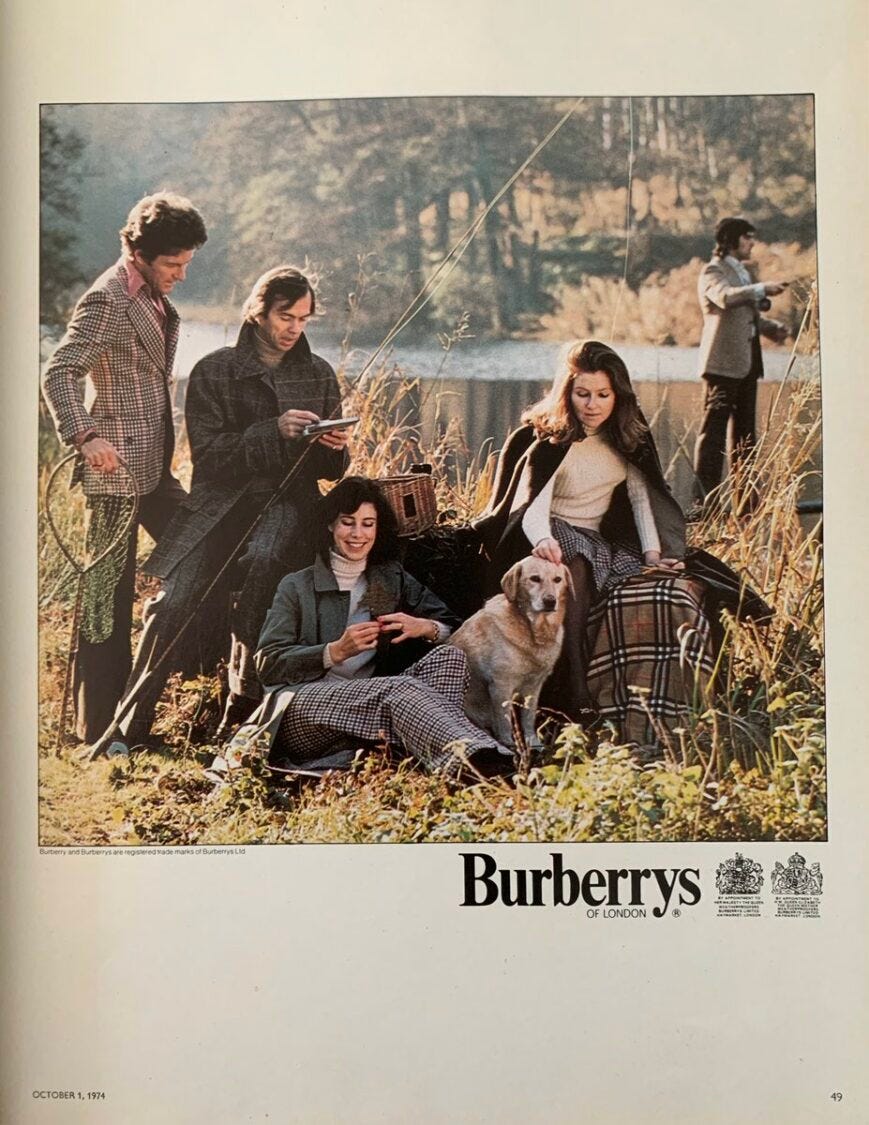Burberry's Reset: A Return to British Identity
Reclaiming heritage, reconnecting with customers, and redefining quiet luxury.
For more than a century, Burberry has occupied a unique lane in fashion.
It was a brand born from rain-soaked British practicality, later reimagined for the world of global luxury. The iconic check suddenly found itself at a crossroads. It was caught between aspiration and authenticity, heritage and reinvention.
Led by a trio of fashion power players, a high-stakes shift toward top-tier luxury had sought to push Burberry into the upper echelons of the industry.
It was a bold move. But ultimately, it didn’t resonate with the very audience that had built the brand.
When Luxury Strategy Outpaces Brand DNA
The shift began in earnest in the late 2010s, when a new leadership team arrived with credentials from Celine, Dior, and Givenchy. Their ambition was clear: to reposition Burberry as a global luxury player that could sit confidently alongside fashion’s most revered names.
It marked a shift away from dependence on outerwear and seasonal staples. Leather goods and high-end categories became the focus. Prices climbed. The brand began speaking the language of Paris and Milan.
It moved away from the quiet confidence of British style. But the customers didn’t quite follow.
The pieces that actually sold during this era weren’t five-figure handbags. They were the unapologetically British staples: logo T-shirts, classic check patterns, and the kind of accessible luxury that had made Burberry culturally relevant in the first place.
Yes, Burberry Was Cool - In Its Own Way
Burberry had moments when it truly connected with culture. In the early 2000s, it became a symbol of British street style, worn proudly and widely. Later, under Christopher Bailey, it earned fashion credibility and tapped into music and youth culture.
At its best, Burberry wasn’t just popular and desirable, it was cool.
It didn’t aspire to be Parisian. It was proudly London, and that mattered. But in trying to become more exclusive, it momentarily lost sight of what had made it meaningful.
A New CEO, A Change of Direction: Grounded, British, Intentional
The new CEO, Joshua Schulman, took the helm in July 2024. Schulman, whose previous roles include leadership at Coach, Michael Kors, and Jimmy Choo, brought a sharp understanding of accessible luxury. It should be aspirational but not alienating.
In his own words, Schulman unveiled his strategy for Burberry, which was designed to “reignite brand desire, improve our performance and drive long-term value creation.”
The approach? Reconnect with Burberry’s core. That means refocusing on iconic outerwear, British design language, and signature elements like the check. It also involves a more considered approach to pricing, realigning with the expectations of Burberry’s core customer.
Design, Heritage, and What Actually Sells
Creative Director Daniel Lee has scrapped the Tisci-era TB monogram and revived the EKD (Equestrian Knight Design). At a time when many brands are chasing trends, bringing back a deeply traditional emblem feels both retro and bold.
The brand is no longer running from its past, it’s embracing it. It’s lining trench coats with check again, tapping into its mid-2000s ubiquity, and repositioning that cultural history as heritage rather than baggage.
And yes, they still want to grow their market share in leather goods. But the goal isn’t to outdo the luxury-brand competition. Burberry wants to offer products that feel high-quality, recognisably Burberry, and are priced in a way that feels honest.
Strategy Rooted in Reality
The strategy reflects real-world insight, not lofty aspirations. This shift was also an operational necessity. As one former insider noted, Burberry’s internal teams were small and lean. They were often stretched, and never structured like those of a global megabrand. The ambition was there, but the operating model wasn’t built to scale.
This is not a complete brand reset but rather a business recalibration. The move isn’t about scaling back ambition. Now, the brand is re-aligning with its existing infrastructure and actual customer behaviour. It’s smart. It’s sustainable. And most importantly, it’s Burberry.
Checks, Stereotypes, and Taking Back the Brand
Ironically, what once nearly destroyed Burberry’s brand has now come full circle. In the early 2000s, Burberry’s check became a victim of its own popularity. It was widely worn, widely imitated, and eventually tied to a media-fuelled stereotype. Its cultural capital became diluted by mass adoption and unfavourable tabloid headlines.

But that moment has passed. Gen Z doesn’t carry the same baggage about Burberry’s past. They see archival pieces as heritage. As something worth revisiting, reinterpreting, and wearing again with pride. Those iconic caps, scarves, and full-check shirts are now being recontextualised, not erased.
Fashion is cyclical, and Burberry is reclaiming its place in that ongoing conversation with a renewed sense of confidence. It’s revisiting its most recognisable motifs, not to chase nostalgia, but to reassert what’s always made the brand distinct.
So, What’s Burberry’s Real Power?
Luxury fashion in 2025 isn’t just about logos or lofty price points, it’s about emotional resonance, cultural relevance, and a clear sense of identity. With a renewed purpose, a CEO who understands brand-building beyond the noise, and design rooted in its British heritage, Burberry isn’t scaling back, it’s recalibrating.
And in a market crowded with novelty and spectacle, its quiet confidence - anchored in craftsmanship, legacy, and understatement - might just be the boldest move of all.
Burberry, welcome back.



